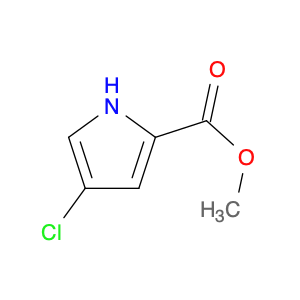The compound (4-Fluoro-2-(trifluoromethyl)phenyl)hydrazine plays a crucial role in chemical synthesis as a versatile building block. Its unique structural properties make it a valuable reagent for the formation of various organic compounds. With its trifluoromethyl and fluoro substituents, this hydrazine derivative enables the introduction of fluorinated moieties into target molecules, enhancing their chemical and biological properties.In organic synthesis, (4-Fluoro-2-(trifluoromethyl)phenyl)hydrazine is commonly used as a nucleophilic reagent for the synthesis of heterocyclic compounds, including pyrazoles and pyrimidines. Additionally, its hydrazine functionality allows for the formation of hydrazones, which serve as intermediates in the preparation of diverse chemical structures. This compound's trifluoromethyl group also imparts unique electronic effects, making it a valuable tool for the modification of aromatic systems.Furthermore, (4-Fluoro-2-(trifluoromethyl)phenyl)hydrazine can participate in various transformations such as diazo coupling reactions, oxidative cyclization, and metal-catalyzed transformations, expanding its utility in synthetic methodology. Its ability to undergo diverse chemical reactions underscores its significance as a key component in the toolbox of synthetic chemists seeking to access novel fluorinated compounds with potential applications in medicinal chemistry, materials science, and agrochemicals.
 sales@aaronchem.com
sales@aaronchem.com












